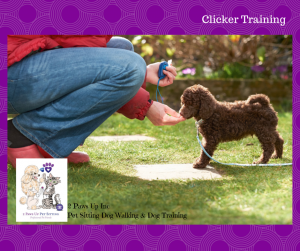Introducing a New Pet to Your Home

If you’re thinking about adding a new pet to your family, or if you have a foster or friend’s pet visiting for a while, there are ways to make the introductions and transitions smoother for all. All animals respond to new animals and certain triggers differently, so please remember this is only a guide. What works for one pet might not work for another, so if you have a multi-pet household, you might need to take it slow and introduce each pair separately in a different way. First, what to avoid. Simply bringing a new animal into your house with no warning for the existing pets – or sticking two stranger dogs in the backyard together – is usually asking for trouble. Being suddenly thrust into an unfamiliar situation often makes the new pet and the existing ones overwhelmed and feel they have something to defend or flee from because the expectations haven’t been laid out for them. Also, dogs who are spayed or neutered are usually going to have an easier time acclimating to eac


